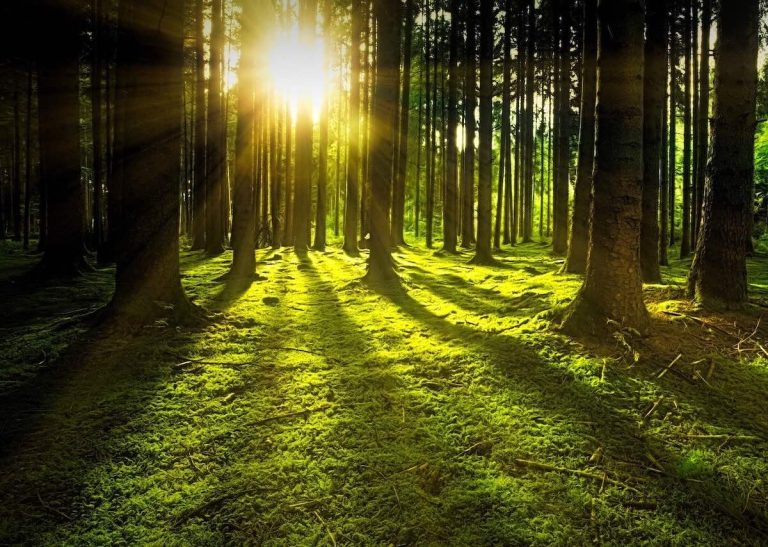
An undated article from Earth.com claims that “the foundations of life are threatened by climate change.” This is false. [emphasis, links added]
Real-world data shows that the Earth is increasing its biomass in response to the last century of mild warming and increases in atmospheric carbon dioxide.
The article itself is little more than a jumble of statements, none of which, individually or combined, supports the claim that climate change is threatening life on Earth, as the title suggests.
The first paragraph contains only a vague statement:
Photosynthesis is the basis of life on Earth, but climate change increasingly threatens this important process. With advanced tools, scientists can now study how changes in temperature, humidity and light affect photosynthesis and, therefore, the future of ecosystems.
really,”[p]Photosynthesis forms the basis of life on Earth.
Photosynthesis is considered the foundation of life on Earth because it provides the oxygen we breathe and the food we eat, essentially serving as the global food chain by converting sunlight, water, and carbon dioxide into chemical energy that sustains nearly all living organisms. The foundation is on this planet.
but what no It is true that climate change is threatening the photosynthetic process.
In fact, various data show that Slight increases in temperature and increased concentrations of carbon dioxide in Earth's atmosphere actually enhance photosynthesis.
Climate Overview – Global Greening discusses the fact that analysis of NASA's 2016 satellite imagery shows significant global plant growth over the past 35 years, as shown in Figure 1 below.
The reference article also says:
The NASA study, along with several others, concluded that increased plant growth is a response to rising levels of carbon dioxide in Earth's atmosphere, creating better growing conditions.
NASA's results confirm earlier research that found a 14 percent increase in atmospheric carbon dioxide between 1982 and 2010 led to a 5 to 10 percent increase in green leaf cover in warm, arid environments.
Plant life expanded not only in temperate regions. A 2018 study found that the Sahara has shrunk by 8% over the past three decades as carbon dioxide fertilization has led to expanded plant cover.
Follow-up studies in 2018 and 2020 showed that, globally, the greening could be attributed to increased carbon dioxide in the atmosphere.
This is logical since actual greenhouses use warmth and artificially increased carbon dioxide to provide plants with a better growing environment.

These facts are not in dispute, therefore It stands to reason that, other things being equal, a slightly warmer earth and an increase in the amount of carbon dioxide in the atmosphere would provide a better environment for plant growth.
Not only that, but a recent peer-reviewed paper published in Nature by Cornell University and the Department of Energy's Oak Ridge National Laboratory found that “plants absorb 31% more carbon dioxide than previously thought.”
The findings refute claims in the Earth.com article and headline that photosynthesis and life on Earth are “threatened”. This is not surprising, as the article itself provides no factual evidence to support its shocking claims.
The Earth.com article seems to be just another example of sloppy journalism, with the author piecing together some irrelevant facts about photosynthesis to make the article look “scientific,” The result is a jump to unfounded and false assertions that climate change is hindering photosynthesis and threatening life on Earth, when in fact there is not even a shred of evidence to support this claim.
Earth.com has done readers a great disservice by promoting this false claim, which appears to be nothing more than a scare tactic.
Read more Climate Realism
